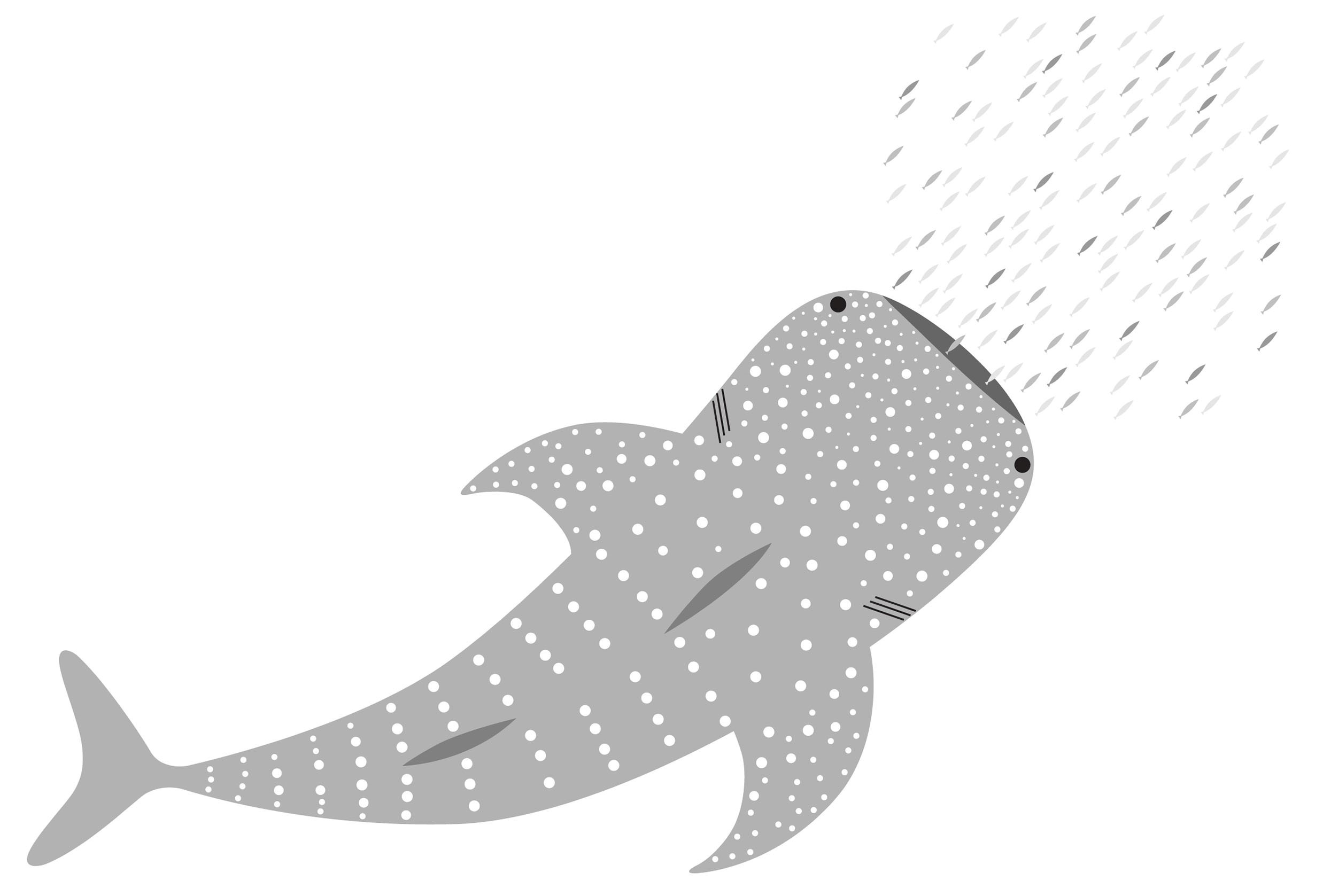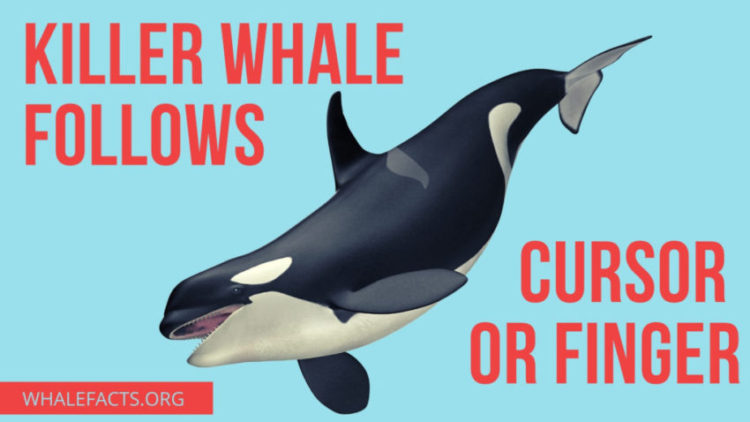

This gives the individual the ability to move their legs fast and is assumed to contribute to the ability to produce higher speeds. These characters are understood to decrease weight in the distal portions of the limb which allows the individual to swing the limb faster (minimizing the moment of inertia). Typically, cursors will have long, slender limbs mostly due to the elongation of distal limb proportions (metatarsals/metacarpals) and loss or reduction of lateral digits with a digitigrade or unguligrade foot posture.
Hooves, hoof-like claws, or blunt claws for traction (as opposed to sharp claws for prey-capture or climbing). Loss of ability to pronate and supinate the forearm (more specialized cursors). Decreased ability to move limbs outside of the sagittal plane, which increases stability. Increase in length of distal limb bones (the manus and pes) rather than proximal ones (the brachium or thigh). Increase in mass of proximal muscles with decrease in mass of distal muscles. Decreased distal limb weight (in order to minimize moment of inertia):.  Increased spinal flexion during galloping. Loss of clavicle in mammals, which allows the scapula to move forwards and backwards with the limb and thereby increase stride length. Adoption of digitigrade or unguligrade stance. Some species of spiders are also considered cursorial, as they walk much of the day, looking for prey.Ĭursorial adaptations Terrestrial vertebrates Īdaptations for cursorial locomotion in terrestrial vertebrates include: There are a few mammals that have been termed "micro-cursors" that are less than 1 kg in mass and have the ability to run faster than other small animals of similar sizes. Among vertebrates, animals under 1 kg of mass are rarely considered cursorial, and cursorial behaviors and morphology is thought to only occur at relatively large body masses in mammals. The most accepted definitions include that a cursorial organism could be considered adapted to long-distance running at high speeds or has the ability to accelerate quickly over short distances. There is much debate over how to define a cursorial animal specifically. loss of lateral digits as in ungulate species), physiological characteristics, maximum speed, and how often running is used in life.
Increased spinal flexion during galloping. Loss of clavicle in mammals, which allows the scapula to move forwards and backwards with the limb and thereby increase stride length. Adoption of digitigrade or unguligrade stance. Some species of spiders are also considered cursorial, as they walk much of the day, looking for prey.Ĭursorial adaptations Terrestrial vertebrates Īdaptations for cursorial locomotion in terrestrial vertebrates include: There are a few mammals that have been termed "micro-cursors" that are less than 1 kg in mass and have the ability to run faster than other small animals of similar sizes. Among vertebrates, animals under 1 kg of mass are rarely considered cursorial, and cursorial behaviors and morphology is thought to only occur at relatively large body masses in mammals. The most accepted definitions include that a cursorial organism could be considered adapted to long-distance running at high speeds or has the ability to accelerate quickly over short distances. There is much debate over how to define a cursorial animal specifically. loss of lateral digits as in ungulate species), physiological characteristics, maximum speed, and how often running is used in life. 
Cursorial adaptations can be identified by morphological characteristics (e.g. "Cursorial" is often used to categorize a certain locomotor mode, which is helpful for biologists who examine behaviors of different animals and the way they move in their environment. cheetah) or if it can keep a constant speed for a long distance (high endurance). An animal can be considered cursorial if it has the ability to run fast (e.g. Horses can be considered cursorial grazers.Ī cursorial organism is one that is adapted specifically to run.







 0 kommentar(er)
0 kommentar(er)
